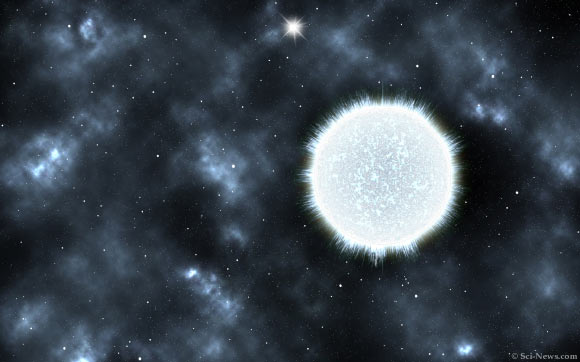Because of their compactness, neutron stars have an enormous gravitational pull around a billion times stronger than the Earth.
This squashes every feature on the surface to miniscule dimensions, and means that the stellar remnant is an almost perfect sphere.
Whilst they are billions of times smaller than on Earth, these deformations from a perfect sphere are nevertheless known as mountains.
Past studies have suggested that neutron stars can sustain deviations from a perfect sphere of up to a few parts in one million, implying the mountains could be as large as a few centimeters.
Those calculations assumed the neutron star was strained in such a way that the crust was close to breaking at every point.
However, the new model indicates that such conditions are not physically realistic.
Source
This squashes every feature on the surface to miniscule dimensions, and means that the stellar remnant is an almost perfect sphere.
Whilst they are billions of times smaller than on Earth, these deformations from a perfect sphere are nevertheless known as mountains.
Past studies have suggested that neutron stars can sustain deviations from a perfect sphere of up to a few parts in one million, implying the mountains could be as large as a few centimeters.
Those calculations assumed the neutron star was strained in such a way that the crust was close to breaking at every point.
However, the new model indicates that such conditions are not physically realistic.
Source






















